The Basilica Saint Denis, located in the northern Parisian suburb of the same name, is an exceptional architectural and historical masterpiece, surpassing in these regards, I dare say, even the famous Notre Dame Cathedral.
Its uniqueness makes the Basilica Saint Denis a one-of-a-kind structure that no other religious structure could compare itself with. Although the district itself is pretty inconspicuous these days, the basilica is its shining jewel, which certainly deserves your time and attention.
A few historical remarks about the Basilica Saint Denis

The Basilica Saint Denis stands on the ground where, according to a legend, a decapitated Parisian bishop, Saint Denis (a patron saint of France), placed his head after carrying it all the way from Montmartre (Mountain of the Martyrs, named after his martyrdom). Saint Genevieve, a patron saint of Paris, had a small shrine erected in the 5th century, which marked the future place of worshipping and a burial ground.
In the centuries to follow, the Basilica Saint Denis became the royal necropolis, starting with the burial of Dagobert I, a Merovingian king of the Franks. The tradition was established and until the 19th century each French king (save three) was buried here and every last queen.
The basilica started to achieve its present appearance in the 12th century, when influential Abbot Suger commenced a series of renovation works. From the architectural point of view, the Basilica Saint Denis is most significant as the first structure ever built in the Gothic style, known in the Middle Ages as the French style.
The Saint Denis Basilica was also established as the coronation site for the French queens. The kings preserved the Reims Cathedral as their coronation place. Being closely related to royalty throughout the entire millennium, the basilica was excessively ruined during the French Revolution (1789 – 1799), but was brought back to its former glory during the 19th century restoration.
External features of the Basilica Saint Denis

Unlike most other Gothic religious structures, the Basilica Saint Denis features one tower instead of two. A set of unfortunate circumstances had seen to that. The first time, lightning prevented the completion of the northern tower, while the second attempt was thwarted due to poor construction materials.
Three portals, representing the Holy Trinity and facilitating the approach to the basilica’s three aisles, are the most elaborate parts of the western façade. The central portal’s tympanum and lintel symbolize the judgment scenes. Prior the Revolution, statues of the Old Testament kings and queens used to welcome the believers into the basilica.
The left portal is related to Saint Denis’ martyrdom, but you are sure to recognize zodiac signs carved into the structure. The right portal illustrates seasonal labors, separated to the months they belong in. For example, wine producing activities take place in April, while in October the pigs are fattened.
Interior of the Basilica Saint Denis

As you step inside the basilica, you’ll begin to get clues why the newly inaugurated architectural movement of the 12th century inspired revolutionary changes in the religious architecture that spread throughout Europe like fire through dry woods. Highly detailed works of art enabled the illiterate congregation to understand the word of God, while the exceptional height of the structure symbolized the closeness to God.
Throughout the lateral niches, you can light a candle and observe the royal regalia and items that were used during coronations – opulent crowns, cloaks, crown jewels, ceremonial swords, and more. That isn’t the half of it, though, as you are about to find out.
You might be interested in these Airbnbs!
The royal funerary art collection

Anything similar to an exceptional funerary art collection of the Saint Denis Basilica is hard to be found elsewhere. The funerary sculptures and monuments can be divided into three main unities – pre-Renaissance, Renaissance and Baroque – each with its distinctive features.
Take the related photo for a reference. This fine example of the Baroque funerary art features kneeling figures atop the effigy in prayer. Sculptures belonging to the pre-Renaissance period are easily recognizable – they feature recumbent figures. Renaissance examples are most elaborate.
As mentioned earlier, almost all French sovereigns are buried in the Saint Denis, and you can find sculptures here dedicated to Marie-Antoinette, Louis XVI, Charles Martel, Henri II and Catherine de Medici and Francis I among numerous others.
Such a priceless collection was saved from destruction by Alexandre Lenoir, who persuaded the revolutionists to let him transfer the sculptures to the French Monuments Museum. The tombs, however, were desecrated, and bones of the royal members were thrown into a nearby pit. During the reign of Louis XVIII, the remains were excavated and gathered into the royal ossuary.
Paris Tour Guide
Patricia Aveline
My name is Patricia Bollinger and my family is French. I have always had a passion for art and history and I chose to study them when I went to university. I have been a licensed tour guide for the last 30 years and I work in French, English and Italian. My passion and also as part of my work I travel a lot. For this reason, I have a good idea of visitors expectations. Naturally I want to share this passion for my country and its heritage with foreign visitors.I also love cooking and I am a foody.
Tours by Patricia
Prepare your visit to the Basilica Saint Denis
The basilica can be accessed by a short walk from the Basilique de Saint-Denis metro station (metro line number 13). With the exception of the royal necropolis, which is subject to a certain fee, the rest of the basilica is free of charge.
Holders of the Paris Museum Pass and other city passes have free entrance to the necropolis. Working hours of the Basilica Saint Denis are, in general, between 10:00 am and 6:00 pm (5:00 pm from October to April).
History
Get Trip101 in your inbox
Unsubscribe in one click. See our Privacy Policy for more information on how we use your data






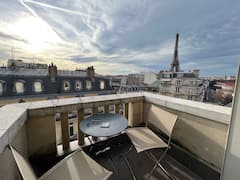
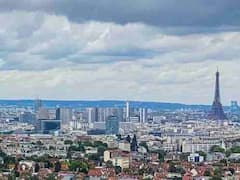

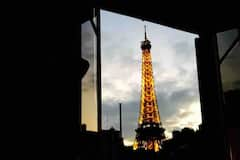

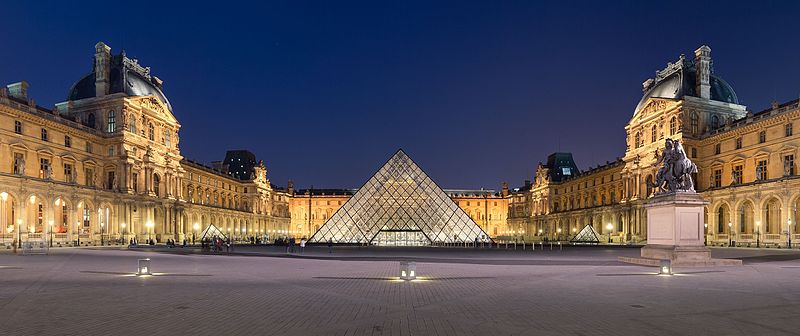
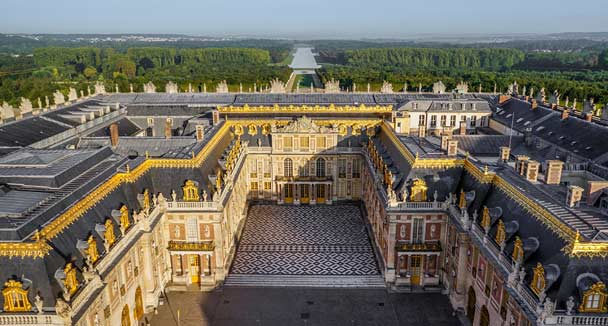
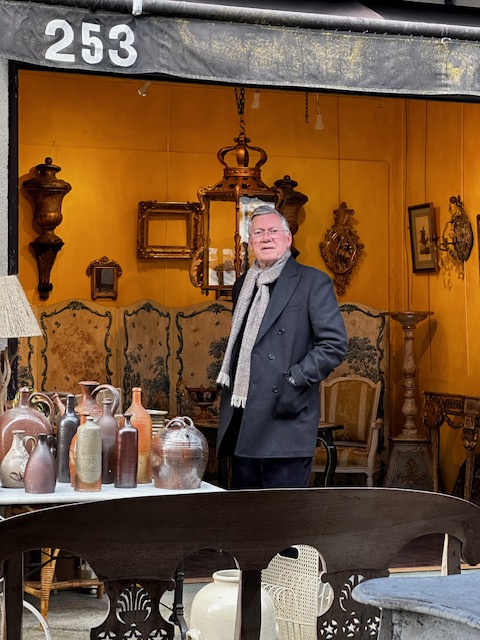











Create an account to